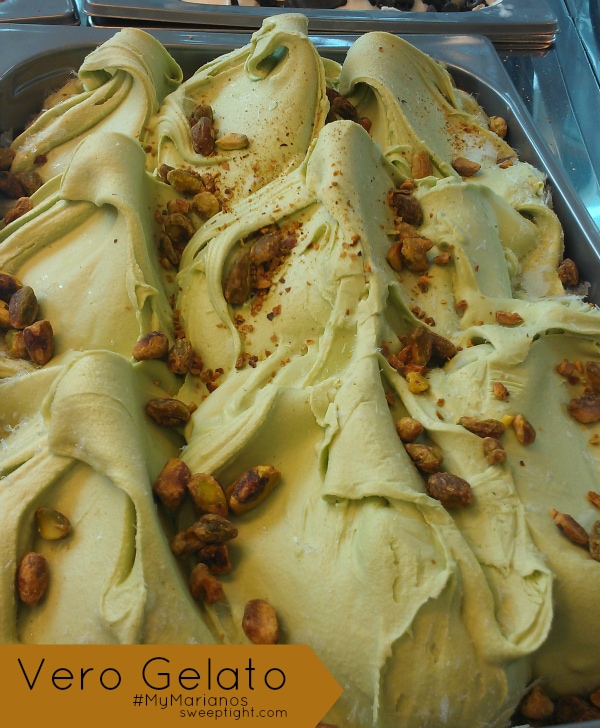How Local Markets Reflect a Destination’s Culture
The Sensory Gateway to Culture

Step into any local market around the world, and you’ll immediately understand why these vibrant spaces serve as authentic cultural windows. The aroma of fresh spices mingles with the sounds of animated haggling, while colorful produce displays create a visual feast that tells the story of the land itself. Local markets operate as living museums where culture isn’t preserved behind glass cases but actively practiced, shared, and experienced by both locals and visitors alike. The demand for culturally enriching travel experiences continues to grow, particularly among travelers aged 51 to 70, who captured a market share of 58.42% in 2024, reflecting their preference for immersive, slower-paced travel that aligns with heritage experiences. This age segment often possesses the financial means and leisure time to pursue such experiences, seeking intellectual fulfillment and deeper connections with global cultural sites.
The Economics of Cultural Exchange
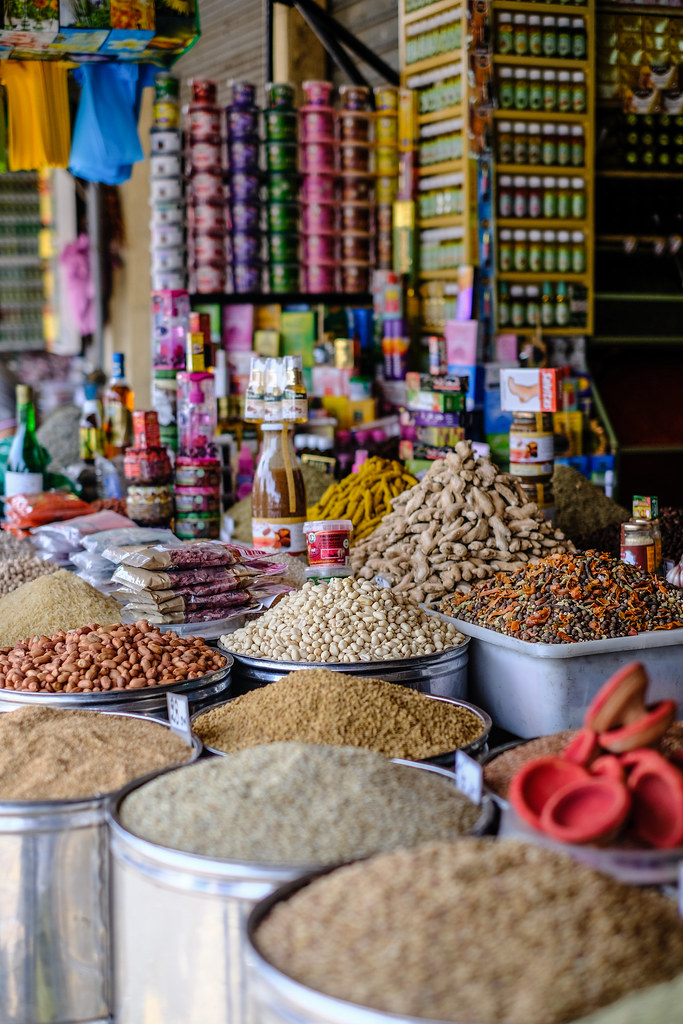
Local markets represent far more than simple commercial transactions; they embody the economic heartbeat of cultural tourism. The global food tourism market is set to grow from USD 820 billion in 2024 to USD 967.6 billion in 2025, ultimately reaching USD 3,636.76 billion by 2033, with a compound annual growth rate of 18%. This explosive growth reflects travelers’ increasing desire to connect with destinations through authentic culinary experiences that local markets provide. When tourists purchase handcrafted goods or sample street food from local vendors, they’re participating in an economic ecosystem that sustains traditional practices and empowers local communities. Local producers constitute a crucial segment of the local economy, playing a pivotal role in driving rural development and tourism. Their avenues for showcasing products extend beyond markets, bazaars, or food events, often being integrated into a destination’s tourism offerings. Originating from wider rural areas or nearby villages, local producers significantly impact everyday migrations, services, and financial transactions.
Culinary Storytelling Through Market Stalls
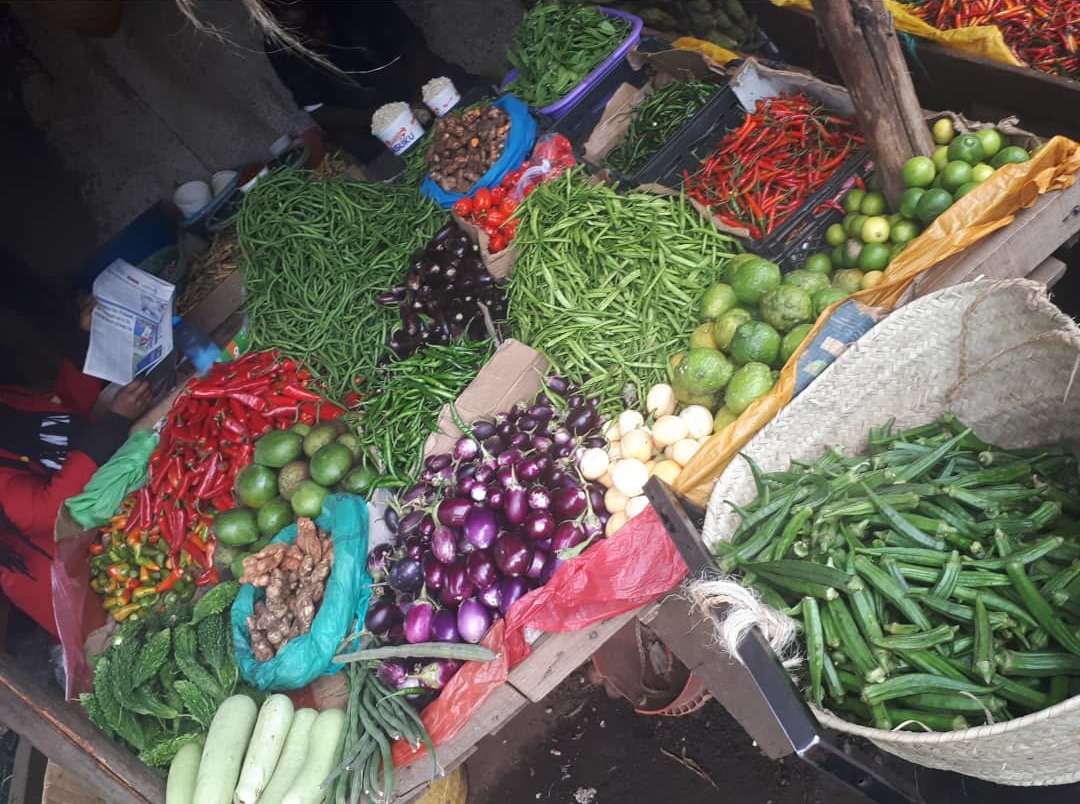
Every dish sold at a local market carries generations of cultural DNA within its ingredients and preparation methods. Travelers are increasingly searching for unique, hands-on culinary studies that permit them to engage with local cultures and traditions. This trend is going beyond traditional restaurant dining, offering activities including cooking lessons, farm-to-table experiences, food and wine pairings, and visits to neighborhood food markets. Immersive food tours, where tourists not only taste local specialties but also learn about the history, production, and sourcing of ingredients, are becoming more popular. The grandmother selling homemade tamales shares recipes passed down through her family lineage, while the spice merchant explains how climate and soil conditions create unique flavor profiles. These markets transform simple ingredients into powerful storytelling tools that communicate cultural values, agricultural traditions, and historical influences that have shaped a community’s identity over centuries.
Artisan Crafts as Cultural Preservationists

Local markets serve as crucial guardians of traditional craftsmanship, providing artisans with platforms to showcase skills that might otherwise disappear in our increasingly digital world. The weaver demonstrating ancient textile techniques, the potter shaping clay using methods unchanged for hundreds of years, or the metalworker creating jewelry with traditional tools all represent living links to cultural heritage. The naïve painting practices of Kovačica, Serbia refer to the tradition of painting and decorating objects with representations of folk life, rural environments, history and everyday life. Practitioners are self-taught and use oil paint in bright hues in their work. An identifying factor, the practice is a means of transmitting the cultural heritage and history of the Slovak community in Serbia. Exhibitions are also an opportunity for the community to socialize and share traditional food, costumes, customs, music and dances. These artisan stalls don’t just sell products; they maintain cultural continuity by keeping traditional skills alive and relevant in contemporary society.
Language and Communication Patterns
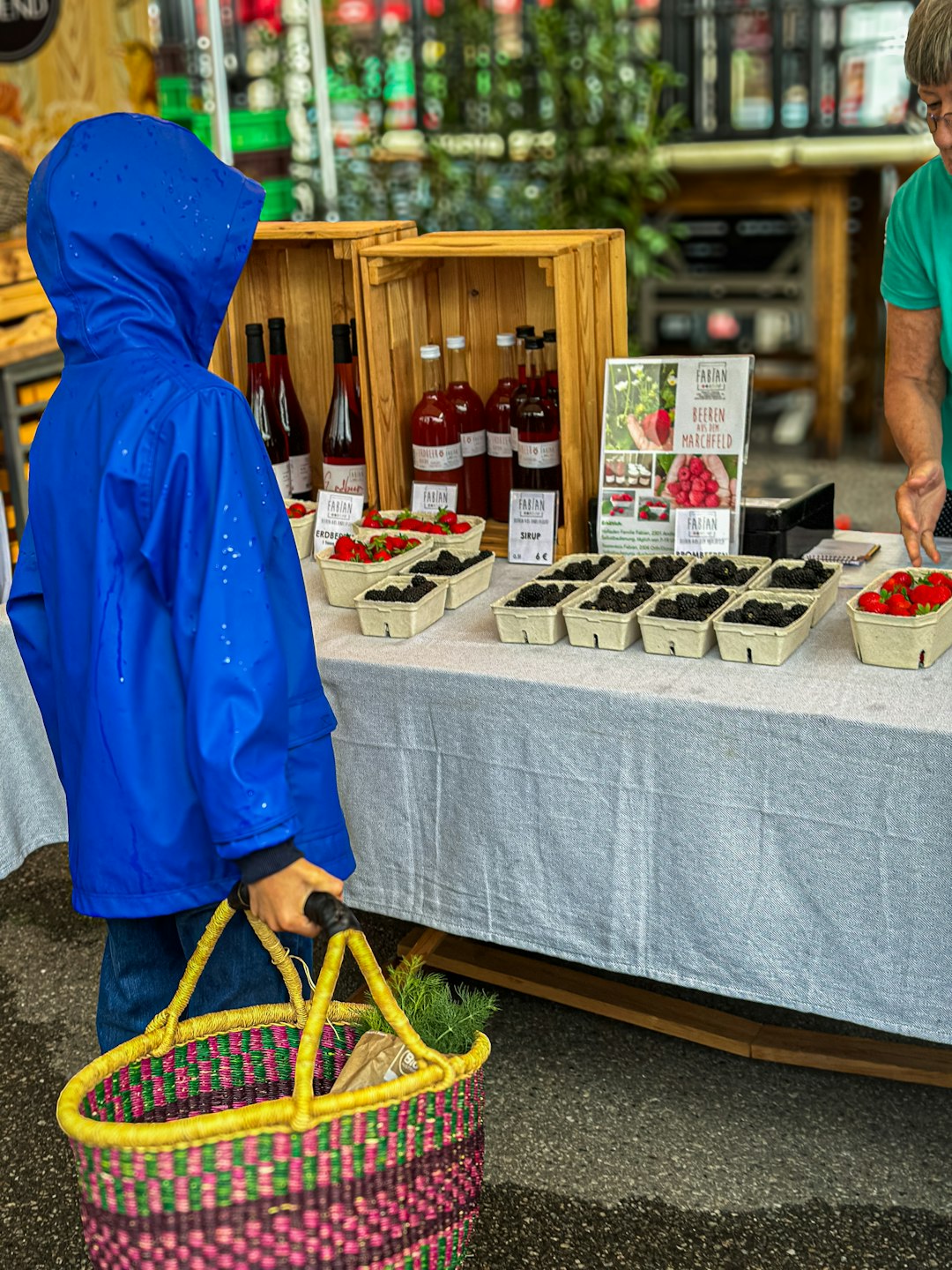
Markets showcase the linguistic diversity and communication styles that define different cultures, offering visitors authentic glimpses into local social dynamics. The rhythmic cadence of auction-style selling in Middle Eastern souks differs dramatically from the polite, measured exchanges common in Japanese fish markets. Even non-verbal communication varies significantly: the hand gestures used for bargaining, the eye contact patterns during transactions, and the physical proximity deemed appropriate between strangers all reflect deeper cultural values. Existential tourists are driven by a desire to connect deeply with the culture and traditions of the destinations they visit, and food serves as a powerful medium for this connection. These travelers are interested in more than just sampling dishes but in understanding the stories, history, and cultural significance behind the food. This shift towards more immersive, reflective experiences aligns with broader trends in experiential and slow travel, where tourists prioritize authentic interactions and personal growth. These linguistic and communicative nuances provide visitors with essential cultural literacy that extends far beyond the market experience itself.
Social Hierarchies and Community Dynamics
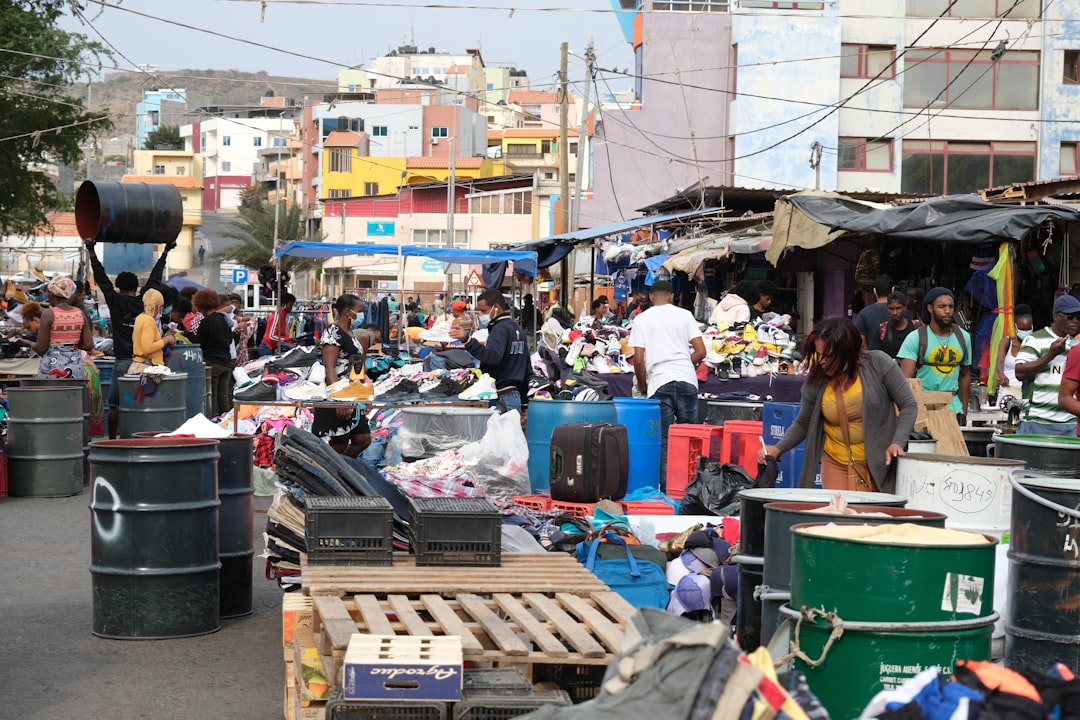
The organization and social structures within local markets mirror broader societal patterns, revealing how communities organize themselves and distribute economic opportunities. In some cultures, market positioning reflects social status, with prime locations reserved for established families or respected community members. Other markets operate on more egalitarian principles, where success depends primarily on product quality and customer service. In AlUla, the Hammayah training programme is empowering thousands to work as guardians of natural heritage and culture. In Myanmar the nationwide Community-Based Tourism initiative is operated and managed by local vulnerable communities to provide genuine experiences to world travelers. Addressing the negative externalities of tourism requires the assessment and compensation of its real impacts through sustainable tourism planning and community participation. The way vendors interact with each other, support or compete with neighboring businesses, and include newcomers reveals fundamental aspects of social cohesion and cultural values that govern community life.
Seasonal Rhythms and Agricultural Connections
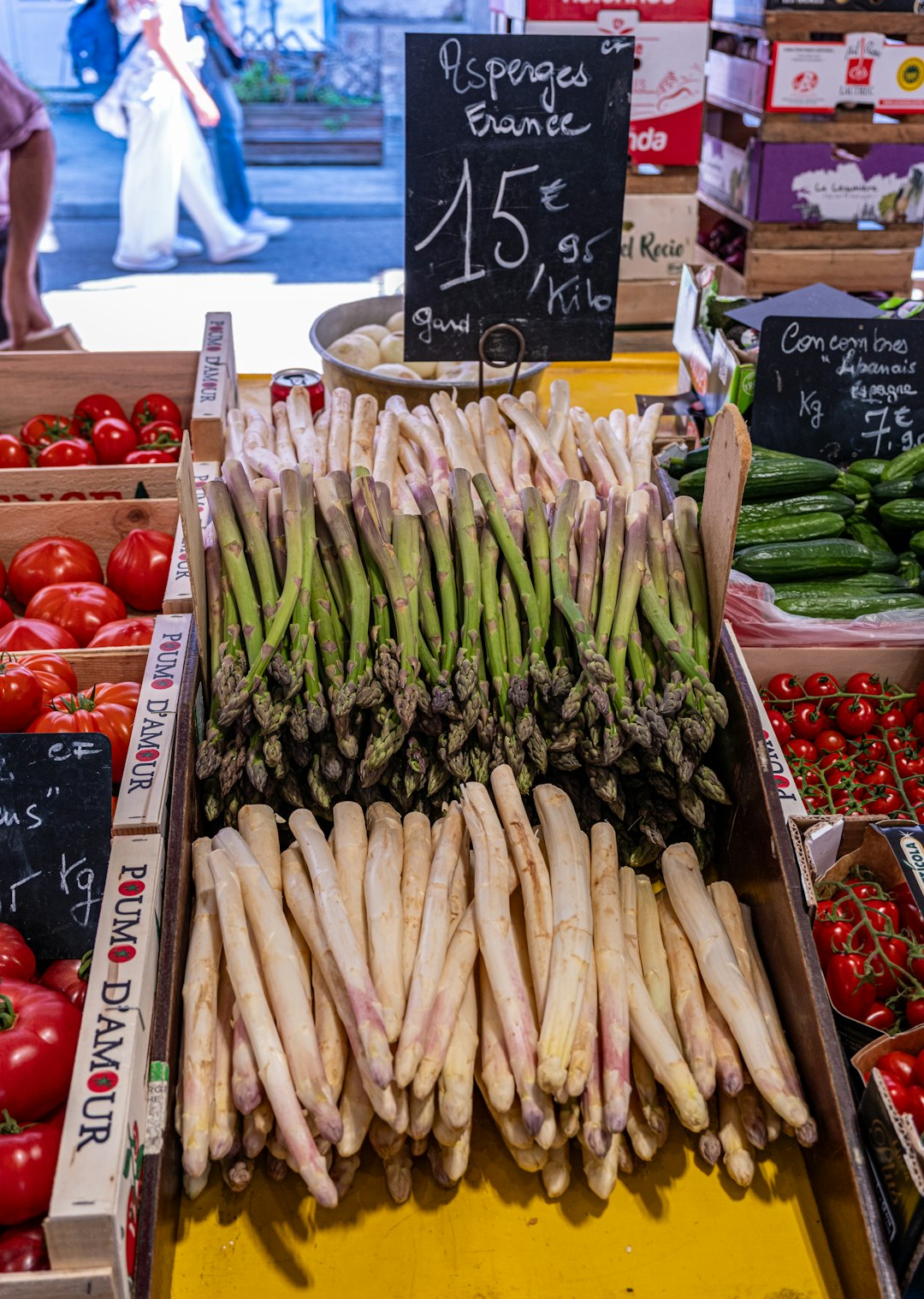
Local markets serve as calendars of cultural life, their offerings fluctuating with seasonal agricultural cycles that have shaped human settlement patterns for millennia. Spring markets burst with tender vegetables and fresh herbs, summer brings abundant fruits and celebratory foods, autumn showcases harvest festivals and preservation techniques, while winter markets focus on stored goods and comfort foods. In the Taif region of Saudi Arabia, rose practices are an integral part of social and religious rituals and an important source of income. During the harvest season, which starts in March, farmers and their families pick the roses in the early morning and transport them to the local market to be sold or to their houses to be distilled. These seasonal variations don’t merely reflect agricultural availability; they demonstrate how cultural communities have adapted their celebrations, cooking methods, and social gatherings to harmonize with natural cycles. Understanding these patterns provides visitors with deeper appreciation for the intimate relationship between culture and environment.
Religious and Spiritual Significance
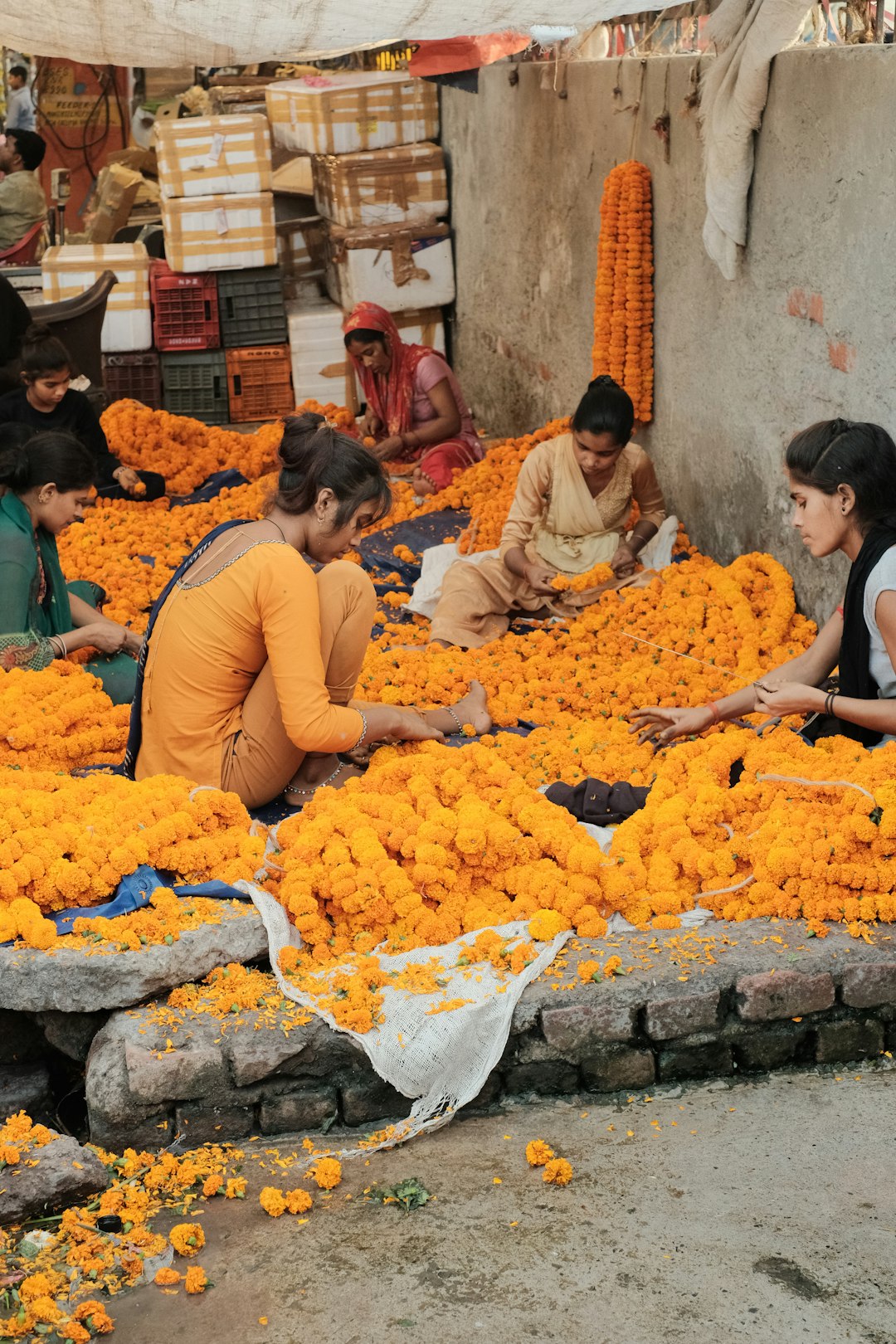
Many local markets carry profound spiritual meaning, serving as venues where religious observances intersect with daily commerce in ways that illuminate a culture’s worldview. Markets near temples, mosques, or churches often sell items specific to religious practices, while vendors may pause their activities for prayer times or religious observances. Nabulsi soap is a hand-crafted soap made in Palestine using three natural, local ingredients: olive oil, water and lye. Families work together to make the soap after the olive harvest, adding their stamp before packaging it and storing it for one year. A source of income, the tradition is shared by most families. The use of olive oil reflects people’s strong relation to nature, and many people use their homemade soap as a gift for celebrations such as weddings. The timing of market operations often reflects religious calendars, dietary restrictions influence product offerings, and the blessing of goods or ceremonial aspects of trade reveal how spiritual beliefs permeate commercial activities.
Gender Roles and Family Structures
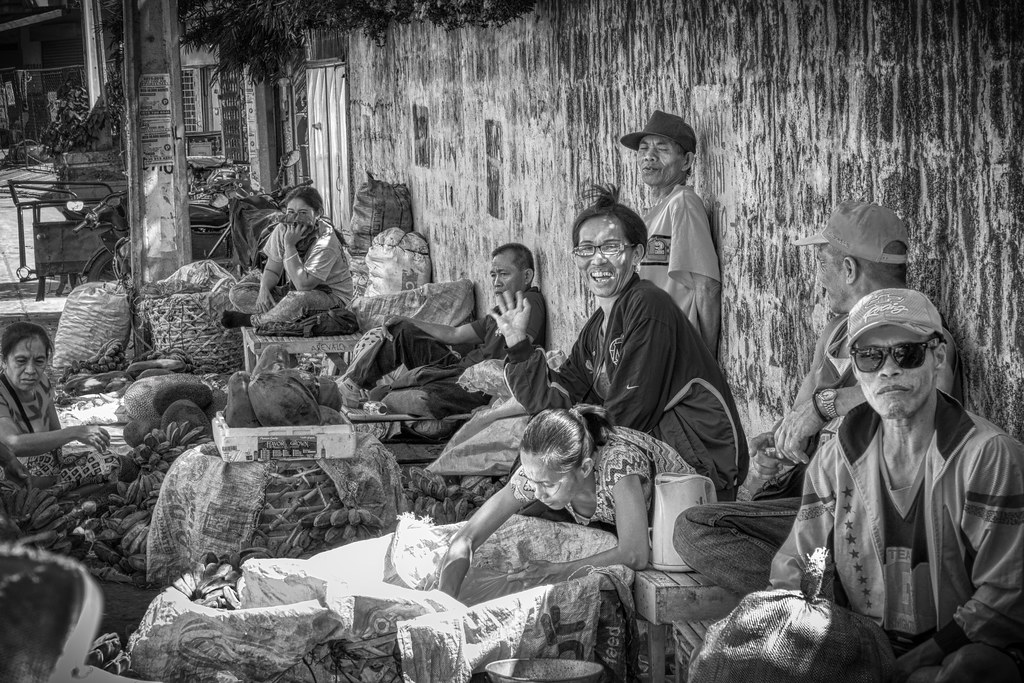
Market dynamics provide fascinating insights into how different cultures organize family responsibilities and gender roles within their economic systems. In some societies, women dominate certain market sectors like textile sales or food preparation, while men control others like livestock trading or metalwork. Family businesses reveal multi-generational cooperation patterns, showing how knowledge, skills, and economic responsibilities transfer between generations. Culinary tourism embodies positive characteristics aligned with sustainable tourism, including the predominantly local economic impact of food tourism, the ecological advantage of reducing food miles in local food tourism, and the cultural benefits associated with the rediscovery and development of crops, cattle, food products, and meals. These observations help visitors understand how cultural values regarding family cooperation, individual autonomy, and economic participation play out in practical, everyday contexts that shape community life.
Innovation Within Tradition
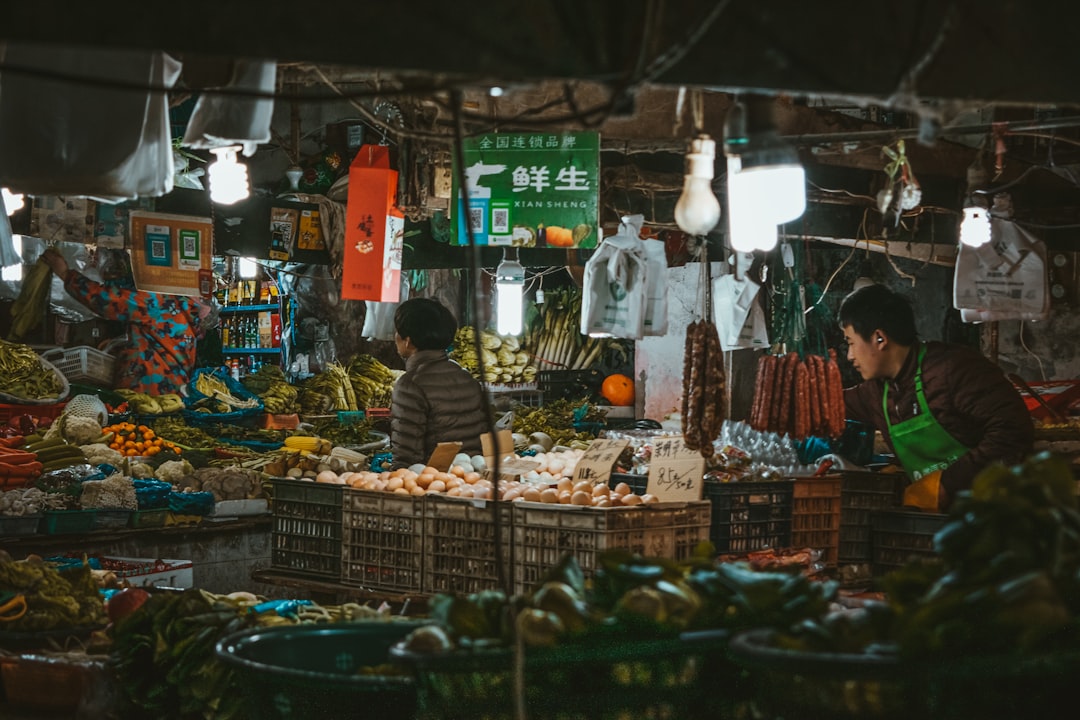
Local markets demonstrate how cultures balance preservation of traditional practices with adaptation to contemporary needs and global influences. Modern payment systems coexist with ancient bartering methods, imported goods blend with local products, and traditional recipes incorporate new ingredients or techniques. Museums across the globe are integrating augmented reality and virtual reality to boost visitor interaction. The British Museum’s VR-enabled Egyptian gallery and China’s AR-enabled Forbidden City tours establish new standards for immersive cultural experiences. UNESCO World Heritage sites also focus on sustainable tourism practices, with tour operators adhering to environmentally friendly guidelines, as in Peru’s controlled Machu Picchu tours. This adaptive capacity reveals cultural resilience and creativity, showing how communities maintain their essential character while embracing beneficial changes. Smart vendors who successfully navigate this balance often become cultural innovators, creating new traditions that reflect contemporary realities while honoring historical foundations.
Political and Historical Narratives

Markets often serve as informal archives of political and historical memory, with vendor stories, product origins, and trading relationships reflecting broader historical experiences. The presence or absence of certain goods can reveal trade relationships, political conflicts, or historical migrations that have shaped regional development. Elderly vendors frequently serve as living historians, sharing stories about how market life has changed through different political periods, economic transitions, or social movements. Research exploring the dynamic interplay between gastronomy and tourism examines how culinary experiences shape tourists’ perceptions of destinations. By employing qualitative and quantitative methodologies, findings reveal that authentic food experiences are pivotal in creating a positive image of the locale, significantly affecting tourists’ choices and fostering cultural appreciation. The research highlights the transformative potential of gastronomy in tourism, suggesting it serves not only as a cultural expression but also as a strategic asset in destination marketing. These narratives provide context that helps visitors understand current cultural patterns as products of complex historical processes rather than timeless traditions.
Environmental Adaptation and Sustainability
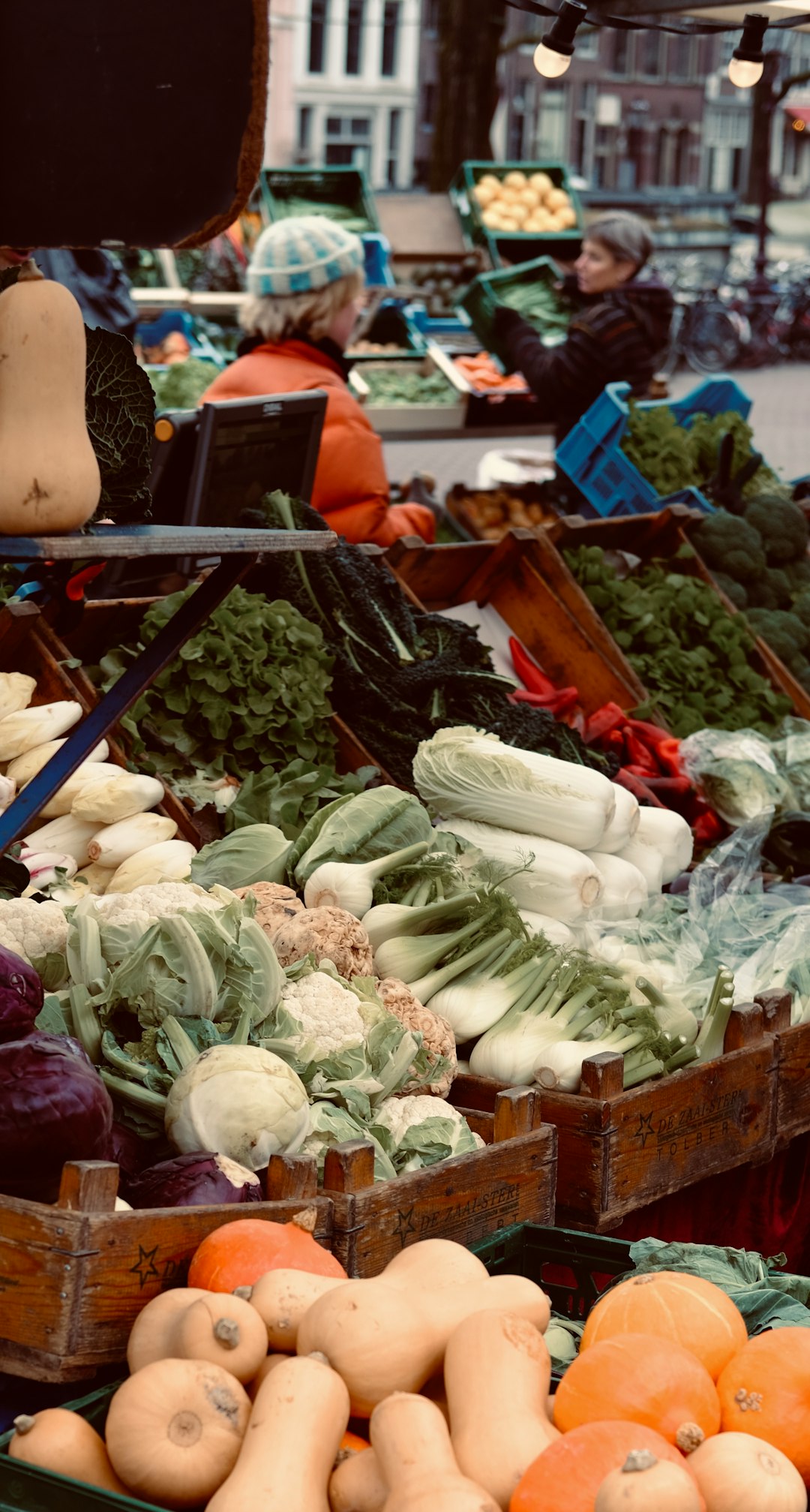
Local markets showcase how different cultures have developed sustainable practices adapted to their specific environmental conditions, offering valuable lessons about resource management and ecological harmony. Traditional preservation methods, packaging materials derived from local plants, waste reduction techniques, and seasonal consumption patterns all reflect sophisticated understanding of environmental stewardship. There is growing interest in sustainable and eco-friendly food tourism. Travelers are becoming more conscious of the environmental impact of their food choices and seeking out experiences that promote sustainability. This includes dining at farm-to-table restaurants, participating in foraging tours, and visiting organic farms. The emphasis on sustainability extends to reducing food waste and supporting local producers. Many markets operate with minimal waste, using biodegradable materials and implementing circular economy principles that modern societies are only beginning to appreciate. These practices demonstrate how cultural wisdom about environmental stewardship remains relevant for contemporary sustainability challenges.
Local markets represent living textbooks where culture unfolds through all five senses, offering visitors authentic encounters with the communities they visit. They demonstrate that culture isn’t something to be observed from a distance but rather experienced through participation, interaction, and genuine human connection. For travelers seeking meaningful cultural experiences, markets provide unfiltered access to the rhythms, values, and practices that define local life. What deeper cultural insights might you discover in your next market adventure?




